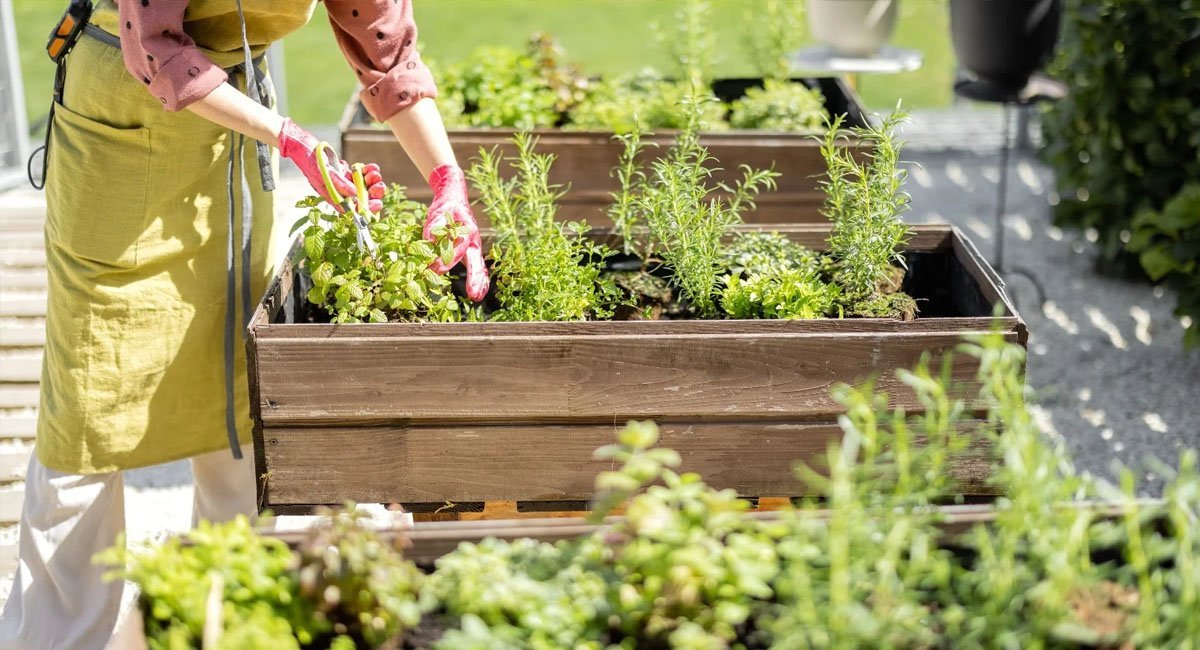Raised beds gardening offers some unique advantages over traditional gardening and for that reason has been used for many centuries for cultivation of ornamentals and of course vegetables. Raised beds help to overcome unsuitable soils and terrain and provide a means to continue gardening for people with back and knee problems.
When we plan our vegetable garden we look for three fundamental needs of the garden: plenty of sunlight, good soil and good drainage and of course an abundant water supply. While we can generally position our garden to for maximum sunlight each day, we cannot always control the quality of the soil and replacing unsuitable soil can be expensive and generally is not practical. This is where raised beds can provide a solution to most of our problems.
If the soil in the only suitable location you have is clay based and very firm and tend to have poor drainage, a raised bed alleviates the problem with the water trickling through the bed and slowly draining away. if your only choice is a boggy water soaked area, a shallow excavation filled with gravel or coarse stones will help with drainage issues. Creating raised bed terraces on steep slopes is a perfect way to utilize wasted space and the beds also prevent the erosion of the slope by using the runoff to feed the plants in you beds.
Raised beds allows you maximise growing space because the need for rows between plants is eliminated and by making the beds no more than four feet wide you can always reach the plants at the back. This method of gardening allows for a greater density of plants to be grown than a conventional garden and in turn helps keep weeds down because of the shading by the good plants.
Raised garden beds can be constructed from old lumber or railway sleepers found or bought, they should be a minimum of about 12 inches and can be made up to waist height if materials allow or if you have back or knee problems. For the avid gardener with a bad back, raised beds can continue letting them do what they love. Even old fence palings or floor boards can be used if you use stakes driven into the ground to support them.
Very little preparation of the ground is needed prior to construction of the bed, a couple of layers of old newspapers will control the grass underneath and if it is going to be 12 inches or taller the depth of the soil will choke the grass before it reaches the surface. A tall stake at each corner will prevent damage to your plants when dragging the hose over the bed.
Raised beds will also warm much quicker during spring and dry out faster after heavy rain; by doing this they maintain optimal growing conditions for your plants. The only drawback with raised beds is that they will dry out quicker in very hot conditions requiring more frequent watering. This can be reduced somewhat with portable shade cloth covers on extremely hot days.
